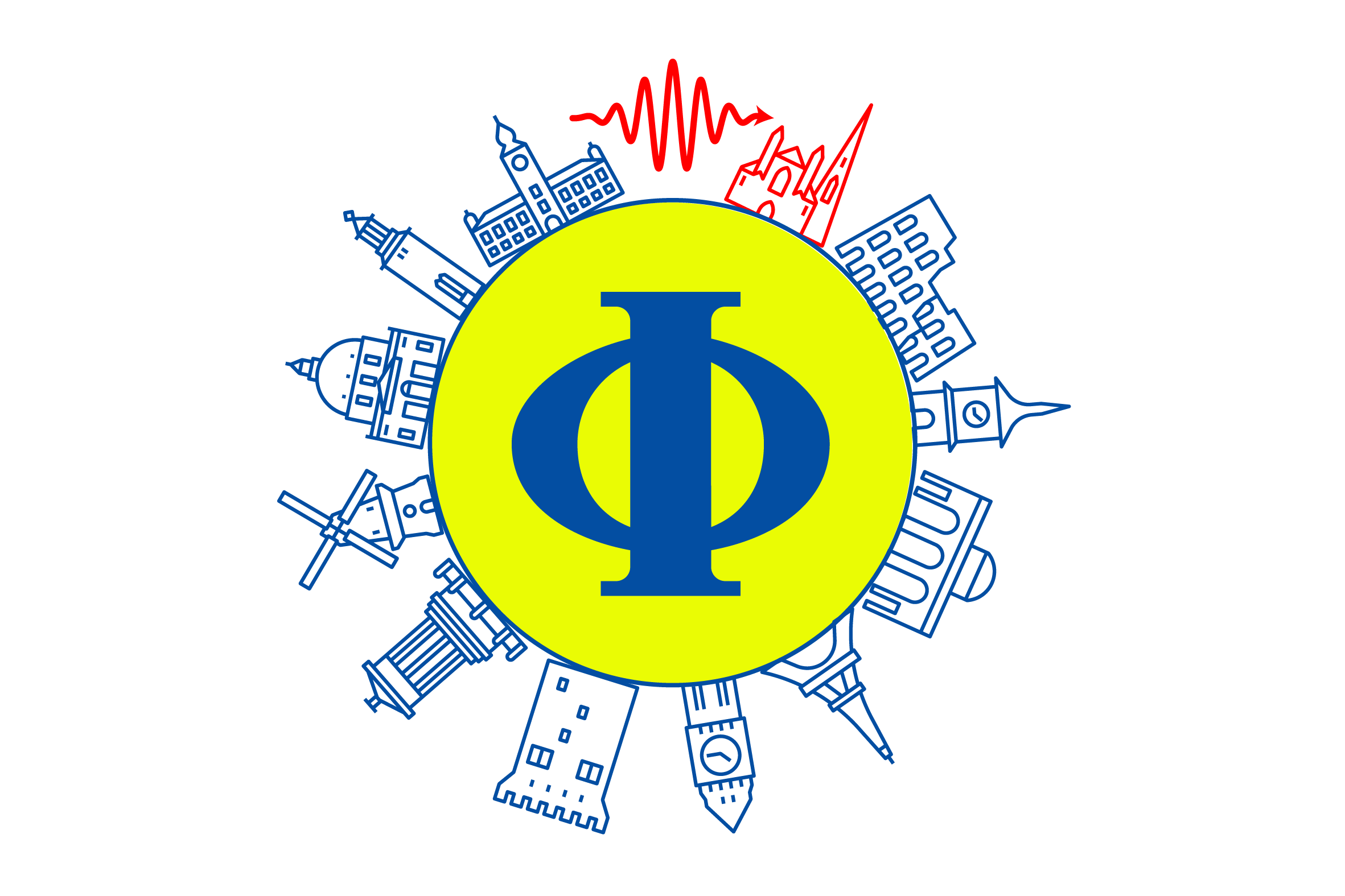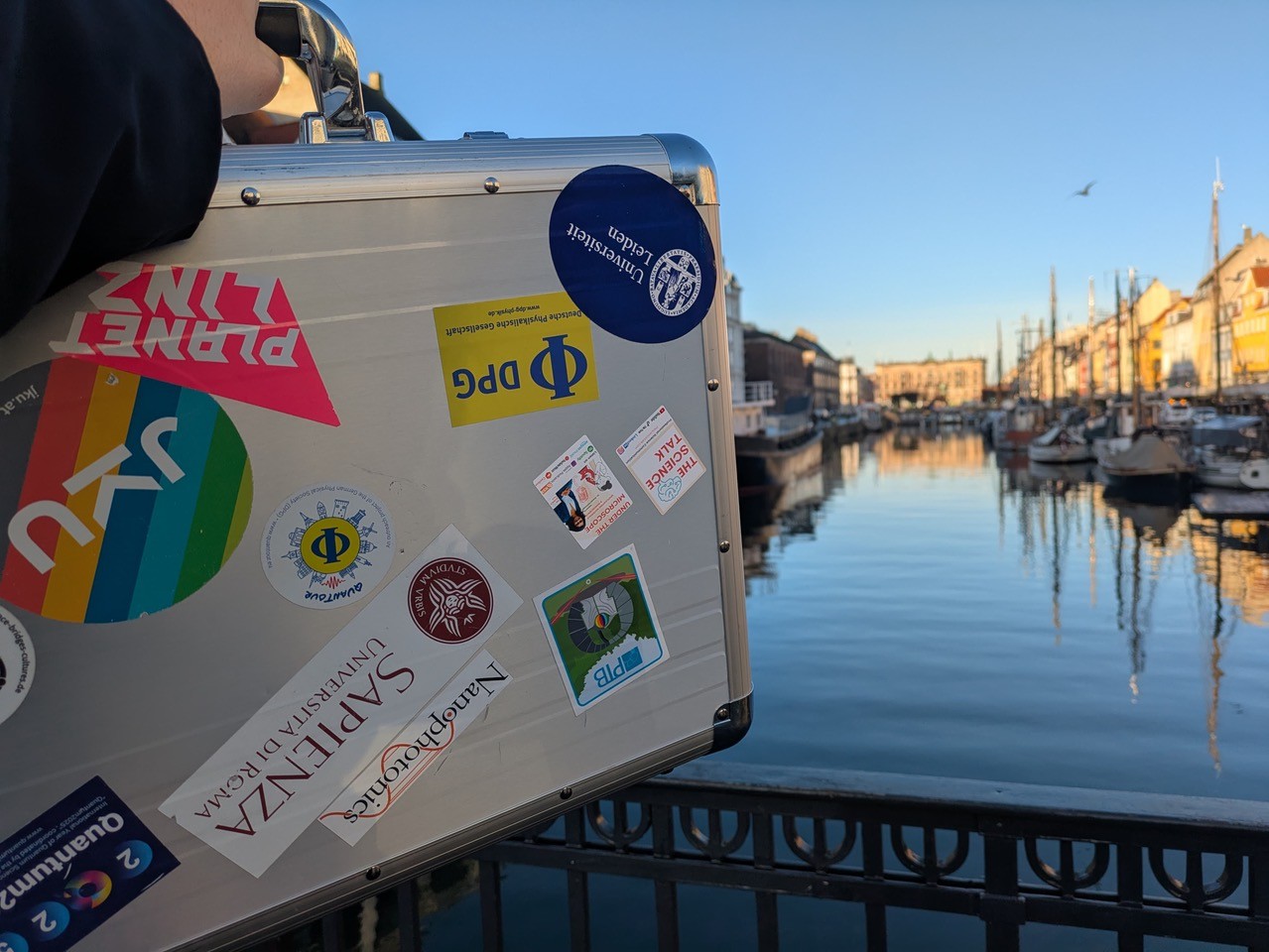
A suitcase containing quantum inspiration on a trip across Europe: ‘We gained new insights’
A suitcase as a messenger of quantum science. That is the idea behind QuanTour, a project connecting researchers from 12 European universities. In December, the suitcase landed in Leiden. A month later, it is time to pass the baton to Copenhagen. But what happened to it in Leiden?
10 December: Physicist Mio Poortvliet receives the suitcase from his Scottish colleague Fred Brooke Barnes. Now it is his turn to take measurements with the quantum light source from the suitcase.
For those measurements, Poortvliet uses a very special device. It converts a stream of photons into pulses of just 500 photons. ‘From billions to just hundreds, a device that can do this is not for sale anywhere,’ Poortvliet says. ‘My colleagues Harry Visser and Arno van Amersfoort from the Electronics Department made it especially for our research.’

QuanTour
Since April 2024, QuanTour's suitcase has been traveling around 12 European universities as a ‘Q-torch’: a kind of Olympic flame announcing the International Year of Quantum Science and Technology 2025. Experiments will be conducted at each location and the results shared.
‘The chip they brought us is very different from the samples we have lying around ourselves at our lab,’ says an enthusiastic Poortvliet. ‘It is a relatively simple structure which makes it like the simplest chips we have ourselves. This allows us to do different experiments with it.’ Poortvliet discovers that the QuanTour-chip responds differently to the reflection of different colors of light. ‘This structure helps to collect the light, which makes the measurements much easier.’
‘You must do this very carefully. You don't want to make any mistakes here.’
Making photons collide on the super-cold chip
The light particles in pulses travel further through fiber-optic cables in the lab towards the cryostat, a device that can reach and hold extremely low temperatures. A critical moment is placing the QuanTour chip in this cryostat. According to Poortvliet the most nerve-racking moment. ‘It involves a very fragile semiconductor structure at the nanoscale. You must do this very carefully. You don't want to make any mistakes here.’
You then turn the cryostat ‘on’ and after just a few hours of cooling, the temperature is 4 Kelvin, or -269.15° Celsius. This extremely low temperature amplifies all the quantum effects in the material. ‘We then let the photons from the fiber-optic cable ‘collide’ on the chip and recapture the reflected light,’ says Poortvliet. ‘Finally, the photons arrive via two fiber-optic wires to the photon counter at the very back of the lab, which performs analyses on these light particles.’

New insights for innovations such as solar cells
By investigating the interaction of light and matter, physicists gain knowledge for innovations such as better imaging techniques, quantum communication, sensors, and solar cells.
Poortvliet also gained new insights in this QuanTour month: ‘The other, relatively simple structure on this QuanTour chip proved especially useful in ‘collecting’ light particles. With this knowledge, we can now probably adjust our own, more complex chips faster in the future at the start of a series of new measurements.’

Copenhagen is the next destination
Poortvliet handed over the suitcase to Nika Akopian's team in Copenhagen on 13th of January. Next, the case will travel to Stockholm and Wroclaw in Poland, before arriving back at his home base in Germany in April 2025.
